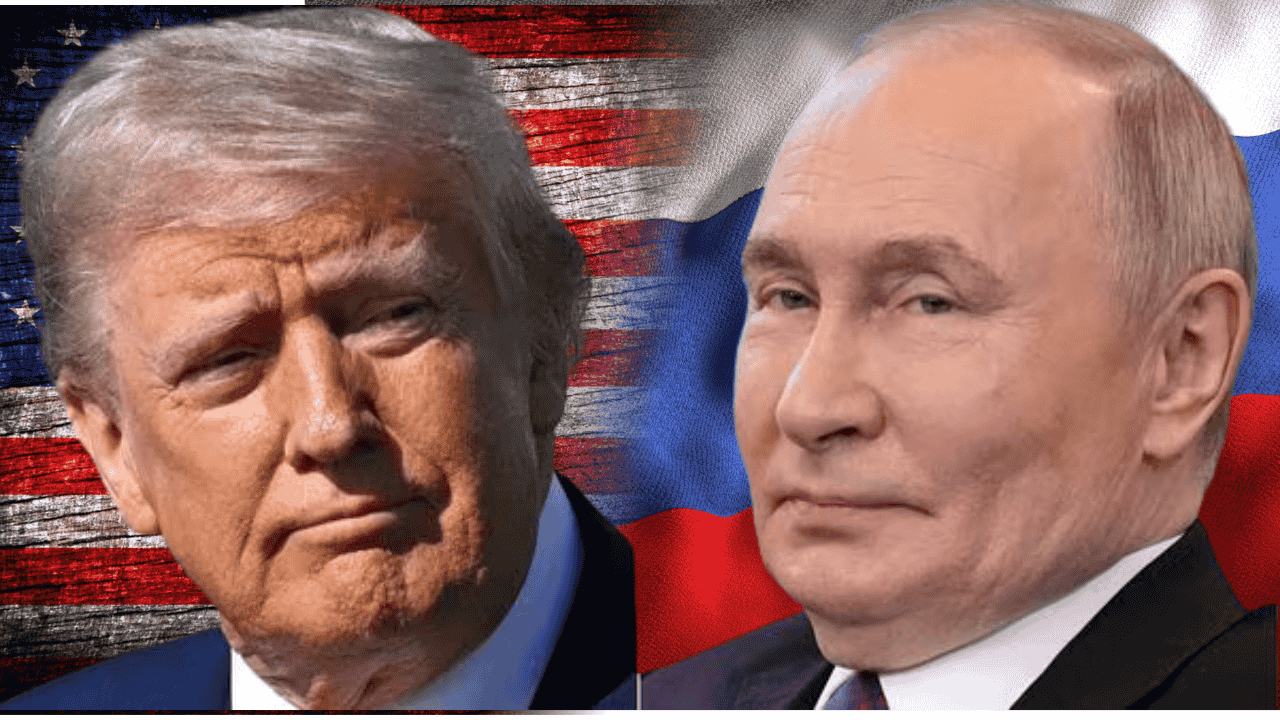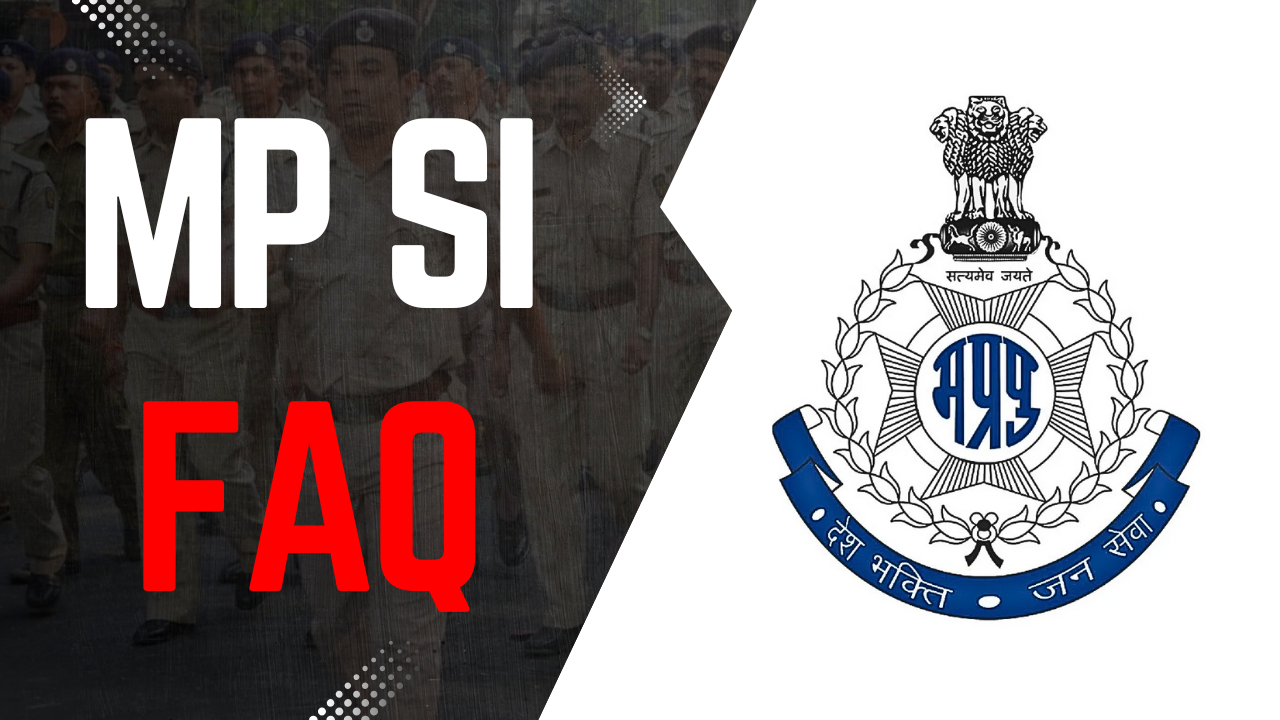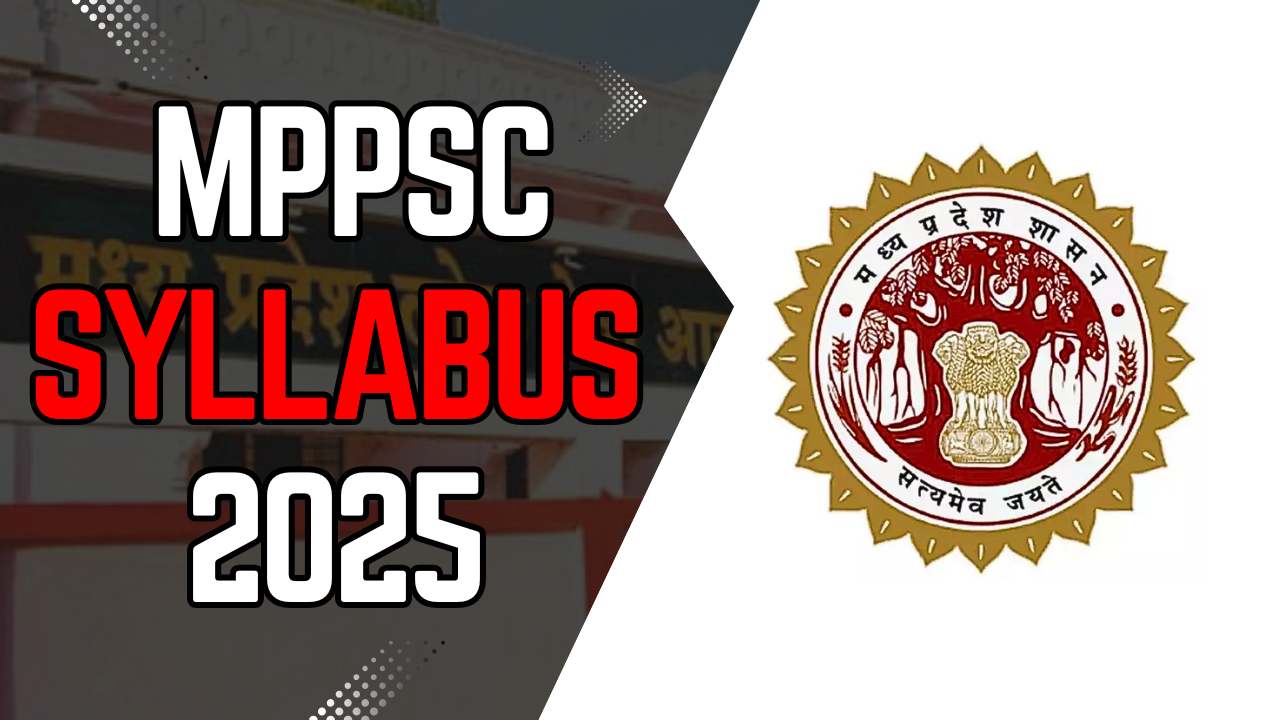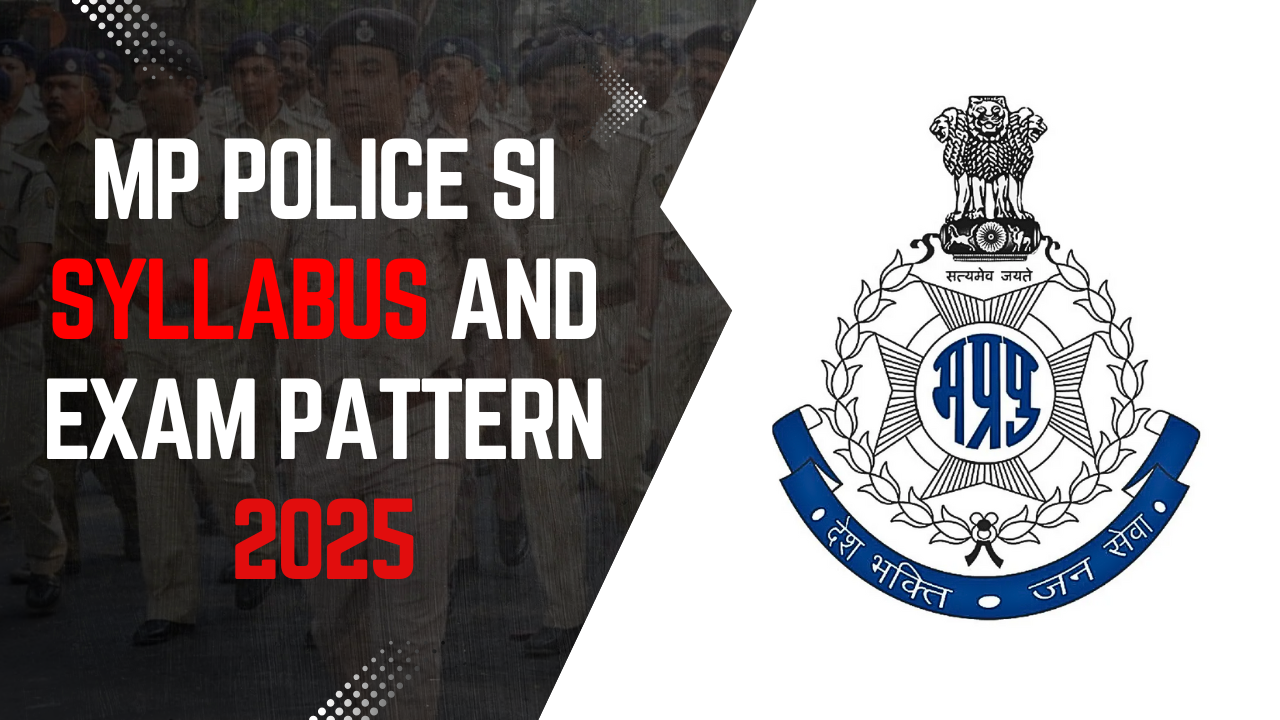Russia’s Official Announcement
Russia has officially announced that it no longer considers itself bound by the 1987 Intermediate-Range Nuclear Forces (INF) Treaty. On August 4, 2025, the Russian Foreign Ministry issued a statement saying: “The unilateral, self-imposed restrictions on the deployment of medium and short-range missiles have now ended.”
This decision follows an order by US President Donald Trump to deploy two nuclear submarines in "appropriate regions", which was a response to "strongly provocative" comments from former Russian President Dmitry Medvedev.
The INF Treaty: A Historic Agreement
Background and Significance
The Intermediate-Range Nuclear Forces Treaty was signed on December 8, 1987, by US President Ronald Reagan and Soviet leader Mikhail Gorbachev. It remains a major milestone in Cold War-era nuclear arms control, establishing new benchmarks for global disarmament efforts.
Key Features of the Treaty
Missile Range Ban: It imposed a complete ban on ground-launched ballistic and cruise missiles with ranges from 500 to 5,500 kilometers.
Total Disarmament: The first treaty to eliminate an entire class of nuclear weapons.
Verification Protocols: Included robust on-site inspection mechanisms.
Missile Destruction: By 1991, a total of 2,692 missiles had been destroyed.
The Collapse and Current Status of The Treaty
US Withdrawal (2019)
In 2019, the US under President Trump withdrew from the INF Treaty, alleging that Russia violated the agreement by developing and deploying the 9M729 (SSC-8) missile.
The 9M729 Missile Dispute
Development Timeline: Russia began testing the missile in 2008.
Range Capability: US assessments put its range at up to 2,500 kilometers.
Deployment: By 2017, two battalions of these missiles had been deployed.
Russian Self-Imposed Ban (2019–2025)
Post-US withdrawal in 2019, Russia stated it would not deploy mid-range missiles unless the US did so first. However, in 2025, Russia ended this self-imposed moratorium.
Contemporary Geopolitical Context
US Missile Deployments
Russia cited the following US actions as reasons for its decision:
Typhon System in the Philippines: In 2024, the US deployed Typhon missile launchers in the Philippines.
Planned Deployment in Germany: Episodic deployment of mid-range missiles in Germany planned from 2026.
Exercises in Australia: Missile tests during the Talisman Sabre military drills.
Features of the Typhon Missile System
Range: Can strike targets up to 2,000 kilometers with Tomahawk missiles.
Dual Capability: Can launch both SM-6 interceptors and Tomahawk cruise missiles.
Strategic Value: Covers the South China Sea, Taiwan Strait, and parts of China.
Impact on Nuclear Arms Control
Breakdown of Cold War Era Frameworks
START Treaty Uncertainty: The New START Treaty expires in February 2026.
CTBT Status: Russia has also questioned its commitment to the Comprehensive Nuclear Test Ban Treaty.
Risk of New Arms Race: Experts warn of a renewed global nuclear arms race.
India’s Position
India’s stance on nuclear policy and arms control:
Not Party to NPT: India is not a signatory to the Non-Proliferation Treaty.
No First Use Policy: India’s nuclear posture rests on three pillars, including a "No First Use" doctrine.
Stance on TPNW: India has not signed the Treaty on the Prohibition of Nuclear Weapons.
Key Facts for UPSC and Competitive Exams
Major Dates and Statistics
| Event | Date | Significance |
|---|---|---|
| INF Treaty Signed | 8 Dec 1987 | Reagan-Gorbachev Agreement |
| Treaty Effective | 1 June 1988 | Major Cold War disarmament |
| Missiles Destroyed | May 1991 | 2,692 missiles eliminated |
| US Withdrawal | 2 Aug 2019 | Decision under Trump admin |
| Russian Withdrawal | 4 Aug 2025 | Result of present tensions |
Countries Involved in INF Treaty
Original Signatories: USA and Soviet Union
Successor States: Russia, Belarus, Kazakhstan, Ukraine
Affected Regions: Europe, Asia-Pacific
Related Treaties and Agreements
SALT I & II: Strategic Arms Limitation Talks
START Treaties: Strategic Arms Reduction Treaties
New START: 2010 agreement, set to expire in 2026
CTBT: Comprehensive Nuclear Test Ban Treaty
India-Russia-USA Geopolitical Dynamics
India’s Challenges
Energy Security: Threat of US tariffs on Russian oil imports.
Strategic Balance: Maintaining strong relations with both US and Russia.
Regional Security: Nuclear balance amid China-Pakistan challenges.
Future Implications
New Arms Race: Possible deployment of mid-range missiles in Europe and Asia.
Alliance Politics: Rising tension within NATO, changing Russian security guarantees.
Non-Proliferation Risks: May encourage proliferation among non-nuclear states.
Why this matters for your exam preparation
Russia’s withdrawal from the INF Treaty is crucial for UPSC and other competitive exams because:
International Relations (GS Paper 2): This event marks the collapse of post-Cold War arms control frameworks. Aspirants must understand the historical significance, key provisions, and present-day geopolitical implications of the INF Treaty.
Security Studies: It raises the possibility of a new nuclear arms race and directly impacts India’s security calculus. Expect questions on the Typhon missile system, the 9M729 missile dispute, and the changing security dynamics in the Indo-Pacific.
Current Affairs: The episode connects to US foreign policy under the Trump administration, Russia-Ukraine tensions, and China-Taiwan issues. Understanding the interplay between these global events is essential.
Indian Perspective: Questions may focus on India’s nuclear policy, position on NPT, and role in a changing global nuclear order, including India's Russia energy partnership and managing US pressure.
This translation preserves nuance and context, uses natural academic English, and is styled for high-level exam preparation and search engine optimization. If you need further adaptation or wish to include internal links and references as per Atharva Examwise’s English content standards, let me know!






